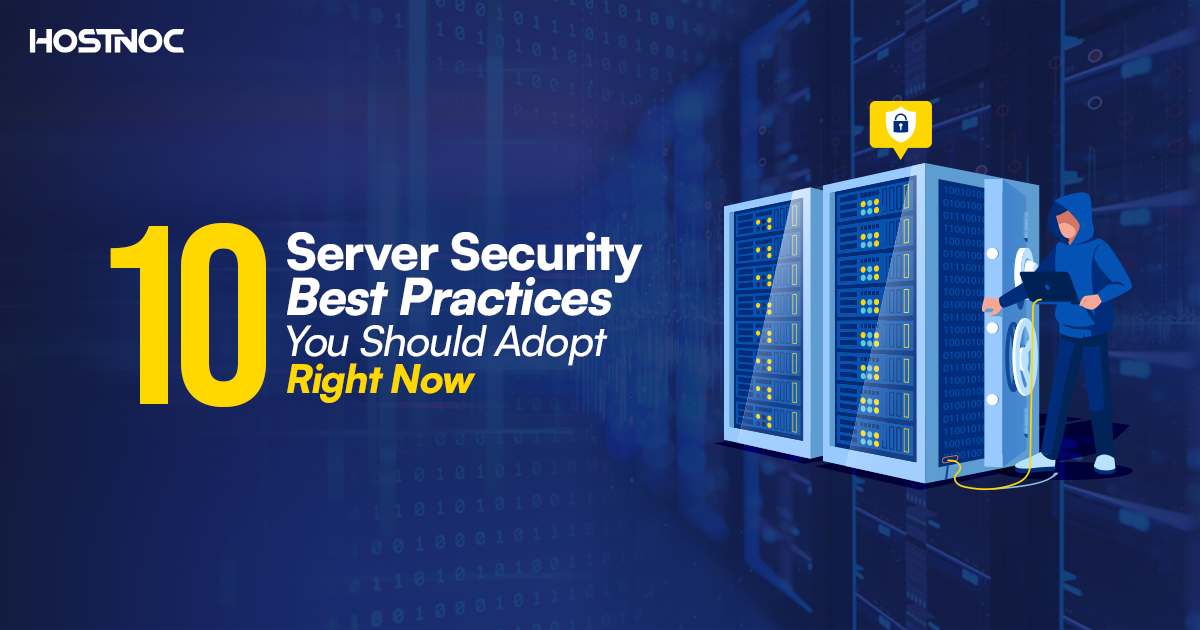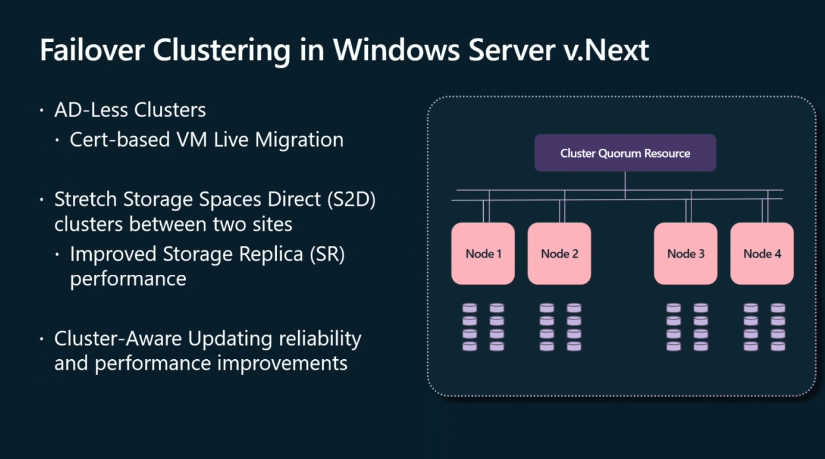Server security best practices for 2025: Safeguarding Your Data in the Future

In the realm of server security best practices for 2025, it is paramount to understand the evolving landscape of cybersecurity threats and how to fortify your systems against them. This comprehensive guide delves into the crucial aspects of server security, offering insights and strategies to protect your valuable data effectively.
As we navigate through the complexities of server security in the upcoming years, it becomes evident that staying ahead of potential risks and vulnerabilities is key to maintaining a secure digital environment.
Server Security Overview

In 2025, server security is more crucial than ever as cyber threats continue to evolve and become more sophisticated. Protecting servers is essential to safeguarding sensitive data, preventing unauthorized access, and maintaining the integrity of digital operations.
Potential Risks and Threats
- Malware Infections: Malicious software can infiltrate servers, compromise data, and disrupt operations.
- Phishing Attacks: Cybercriminals use deceptive emails or messages to trick users into revealing sensitive information.
- DDoS Attacks: Distributed Denial of Service attacks can overwhelm servers with traffic, causing downtime and loss of service.
- Insider Threats: Employees or individuals with access to servers may pose risks by intentionally or unintentionally compromising security.
Consequences of Inadequate Security Measures
- Data Breaches: Unauthorized access to servers can lead to the exposure of confidential information, resulting in financial losses and reputational damage.
- Downtime: Security breaches or attacks can cause servers to be offline, disrupting business operations and impacting productivity.
- Legal Compliance Issues: Failure to secure servers properly may result in non-compliance with regulations, leading to penalties and legal consequences.
Authentication and Access Control

Strong authentication methods play a crucial role in enhancing server security by ensuring that only authorized users can access sensitive information and resources.
Different Access Control Mechanisms
There are various access control mechanisms that can be implemented to secure servers:
- Role-Based Access Control (RBAC): Assigns permissions based on the roles of individual users within an organization.
- Discretionary Access Control (DAC): Allows users to set access controls on resources they own.
- Mandatory Access Control (MAC): Determines access based on security labels assigned to resources and users.
Multi-Factor Authentication Implementations
Multi-factor authentication (MFA) adds an extra layer of security by requiring users to provide multiple forms of verification. Examples of MFA implementations for servers include:
- Something you know (password) + Something you have (smart card or token)
- Something you know (password) + Something you are (biometric data like fingerprint or facial recognition)
- Something you have (smartphone or hardware token) + Something you are (fingerprint or face scan)
Encryption Protocols
Encryption protocols play a crucial role in securing server data by converting information into a code that can only be deciphered with the right key. This ensures that sensitive data remains confidential and protected from unauthorized access. There are two main types of encryption protocols: symmetric and asymmetric.
Symmetric Encryption
Symmetric encryption, also known as private-key encryption, uses the same key for both encryption and decryption processes. This means that the sender and the recipient must share the secret key to communicate securely. While symmetric encryption is efficient and fast, the challenge lies in securely sharing the key without interception by malicious actors.
Asymmetric Encryption
Asymmetric encryption, or public-key encryption, uses a pair of keys: a public key for encryption and a private key for decryption. This eliminates the need to share a secret key, enhancing security. However, asymmetric encryption tends to be slower and more resource-intensive compared to symmetric encryption.
Impact of Quantum Computing
Quantum computing poses a significant threat to current encryption standards, especially those relying on mathematical complexity for security. Quantum computers have the potential to break traditional encryption methods, rendering sensitive data vulnerable. As a result, the need for quantum-resistant encryption protocols has become increasingly urgent to safeguard against future cyber threats.
Patch Management
When it comes to server security, patch management plays a crucial role in ensuring that your server software is up to date with the latest security fixes. Timely patching is essential to protect your server from potential vulnerabilities that could be exploited by cyber attackers.
However, managing patches in complex server environments can pose challenges. With multiple servers running different software versions, keeping track of all the patches and ensuring they are applied across the board can be a daunting task. This complexity can lead to delays in patching, leaving servers exposed to security risks.
Best Practices for Timely Patching
- Establish a patch management policy outlining the process for identifying, testing, and deploying patches.
- Automate patch deployment where possible to streamline the process and ensure patches are applied promptly.
- Regularly monitor vendor websites, security advisories, and mailing lists for patch updates.
Challenges in Complex Environments
- Difficulty in coordinating patch deployment across multiple servers with different configurations.
- Risk of system downtime or compatibility issues when applying patches to critical servers.
- Lack of visibility into all server instances, making it hard to track which servers are up to date with patches.
Strategies for Continuous Vulnerability Scanning and Patching
- Implement automated vulnerability scanning tools to identify security gaps in real-time.
- Establish a schedule for regular vulnerability assessments to proactively detect and address potential threats.
- Utilize patch management software that provides centralized control and visibility over patch deployment.
Last Recap

In conclusion, implementing robust server security best practices for 2025 is not just a choice but a necessity in safeguarding your data from cyber threats. By staying informed and proactive, you can enhance the resilience of your servers and ensure the integrity of your sensitive information in the years to come.
Top FAQs
What are the common types of cyber threats to servers in 2025?
Common types of cyber threats to servers in 2025 include ransomware attacks, DDoS attacks, and data breaches. It is crucial to implement robust security measures to mitigate these risks effectively.
How often should server software be patched for optimal security?
Server software should ideally be patched as soon as updates are available to address any vulnerabilities. Regular patch management is essential to prevent exploitation of security loopholes.
What are the key differences between symmetric and asymmetric encryption?
Symmetric encryption uses a single key for both encryption and decryption, while asymmetric encryption utilizes a pair of public and private keys. Asymmetric encryption offers higher security but is more computationally intensive.

